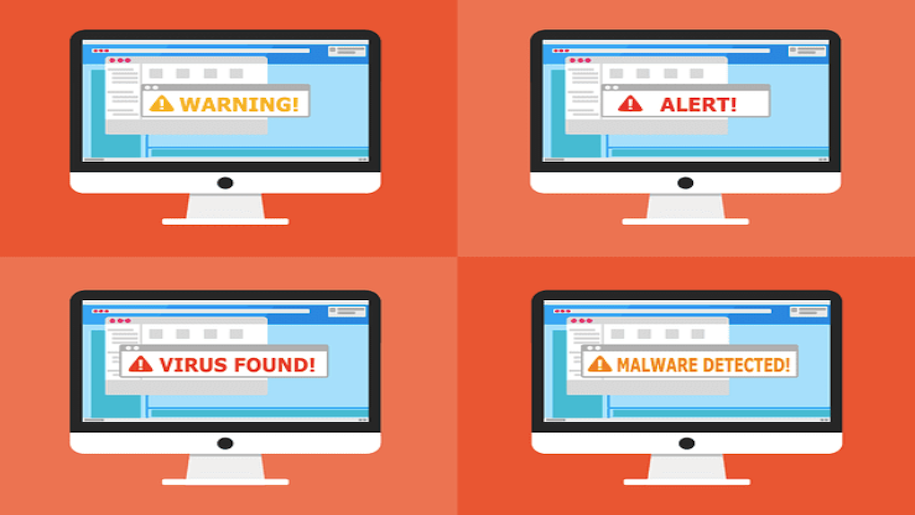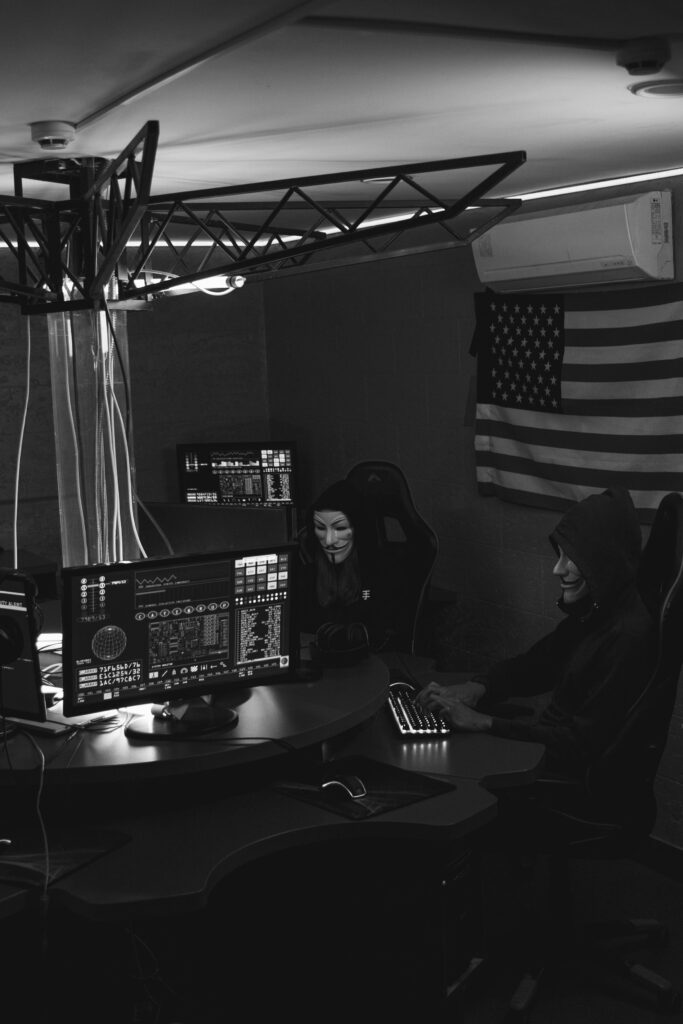Malware and ransomware are two of the most significant cybersecurity threats facing individuals and organizations today. Both types of malicious software can cause significant damage to a computer or network, and both have the potential to lead to the loss of sensitive information or financial loss.
Malware, short for “malicious software,” is a broad term used to describe any software that is designed to harm or exploit a computer or network. This can include viruses, Trojan horses, spyware, and adware.
Malware is often spread through email attachments, social media links, or infected software downloads. Once malware is installed on a computer or network, it can steal sensitive information, disrupt operations, or even destroy data.
Ransomware, on the other hand, is a specific type of malware that encrypts a victim’s files and demands payment in exchange for the decryption key. Ransomware attacks can be particularly devastating because they can prevent victims from accessing important files and data. In some cases, victims may be forced to pay a ransom in order to regain access to their files.
The best defense against malware and ransomware is taking technical and non-technical measures.
Technical measures include using antivirus software and firewalls, keeping software up to date, and using intrusion detection and prevention systems. Non-technical measures include employee education and training, security awareness, and incident response plans.
One of the most effective ways to protect against malware and ransomware is to keep your software up to date. Software vendors often release updates and patches that address known security vulnerabilities. By installing these updates as soon as they are available, you can close potential security holes before attackers have a chance to exploit them.
Another important step is to backup your files and data on a regular basis. This will ensure that you have a recent copy of your files in case your computer or network is attacked. Some backup solutions include the ability to backup files in real-time. This ensures that you have the most recent copy of your files and data in case of a ransomware attack.
Additionally, education and training for employees is crucial in preventing malware and ransomware attacks. Employees should be educated on how to identify and avoid suspicious emails, links, and attachments, and how to report suspicious activity.
Employees should also be trained on the proper handling of sensitive information and the importance of maintaining the security of their computer and network.
In conclusion, malware and ransomware are two of the most significant cybersecurity threats facing individuals and organizations today. By taking a multi-layered approach that includes both technical and non-technical measures, you can protect yourself and your organization from these threats and minimize the risk of a successful attack.
This includes keeping software up to date, backing up files and data, and educating and training employees on cybersecurity best practices.





